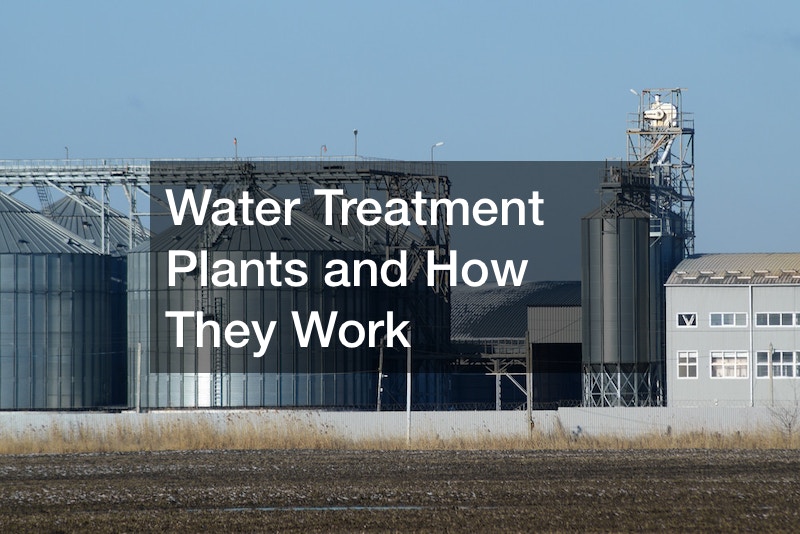Ductwork is a crucial component of your home’s heating, ventilation, and air conditioning (HVAC) system, playing a key role in distributing air throughout your living spaces. However, ductwork issues can significantly impair HVAC efficiency, elevate utility costs, and compromise indoor air quality. Here are five common ductwork problems that homeowners should be aware of, along with insights on detection and resolution. We hope this article answers all of your questions and more!
1. Leaky Ducts
One of the most prevalent issues in residential ductwork is leaks. These can occur due to poor connections, holes, or tears in the ducts.
Leaky ducts lead to air loss, forcing your HVAC system to work harder to maintain the desired temperature, which in turn increases your energy bills. Moreover, they can draw in dust and pollutants from attics, crawl spaces, and walls, degrading indoor air quality.
Detection and Resolution: Homeowners can sometimes hear a whistling sound or feel drafts around the ductwork, which are indicators of leaks. For a more thorough assessment, a professional HVAC technician can perform a pressure test. Sealing the ducts with mastic sealant or metal tape can effectively fix leaks. In severe cases, replacing portions of the ductwork might be necessary.
2. Poor Duct Design
Improper ductwork design can lead to numerous problems, including inadequate airflow and uneven heating or cooling. This occurs when ducts are not properly sized or balanced for the space they are intended to serve. Poor design can also result from too many sharp bends or long duct runs that impede air flow.
Detection and Resolution: If certain rooms in your home consistently fail to reach the desired temperature, it might indicate a design flaw. An HVAC professional can evaluate your system and may suggest modifications such as resizing ducts, adding booster fans, or redesigning sections of the ductwork to optimize airflow and efficiency.
3. Insulation Issues
Ducts that are poorly insulated or not insulated at all can lose a significant amount of heated or cooled air to unconditioned spaces like attics or basements. This not only wastes energy but also makes your HVAC system less efficient.
Detection and Resolution: Touching the ducts can help detect insulation issues; ducts should feel neutral to the touch—neither warm nor cold. Adding insulation around ducts, especially in unconditioned spaces, can help maintain the temperature of the air flowing through them. This can be done using foil-faced fiberglass insulation or other specialized duct insulation materials.
4. Contamination and Mold Growth
Ducts can accumulate dust, pet dander, and other debris, which can reduce air quality and airflow. Moisture can also enter the duct system, either due to leaks or condensation, creating an ideal environment for mold growth. This poses health risks, particularly to those with allergies or respiratory issues.
Detection and Resolution: A musty smell or visible mold around vent covers are signs of contamination. Duct cleaning by a professional can remove debris and mold. To prevent future issues, it’s crucial to repair leaks and ensure proper insulation to reduce condensation.
5. Aging and Corrosion
Over time, ductwork can deteriorate due to age and environmental factors, leading to rust and corrosion. Corroded ducts are prone to developing cracks or holes, and their structural integrity can be compromised, necessitating extensive repairs or replacement.
Detection and Resolution: Regular inspection of your ductwork can help catch signs of aging or corrosion early. If corrosion is extensive, replacing the affected sections or the entire ductwork might be the most efficient solution.
Understanding these common ductwork issues can help homeowners maintain their HVAC systems more effectively, ensuring efficient operation, reduced energy costs, and improved indoor air quality. Regular maintenance, timely repairs, and professional inspections are key strategies to address these issues before they become severe, safeguarding both your home’s comfort and your budget.
It’s advisable to schedule annual or bi-annual inspections with certified HVAC professionals who can identify potential problems early and provide the necessary solutions, ensuring that your system operates at peak performance year-round. This approach not only prevents unexpected breakdowns but also contributes to a healthier living environment by minimizing the risk of allergens and contaminants circulating through your home.
Watch the video above to learn about more signs that you have a bad ductwork installation!
.



